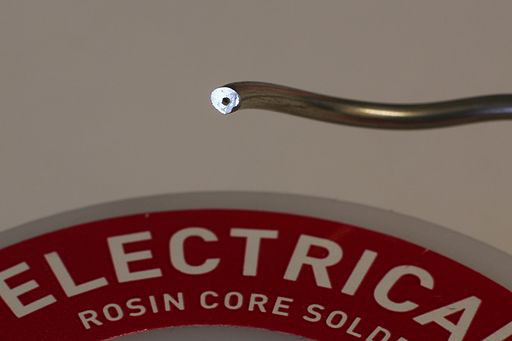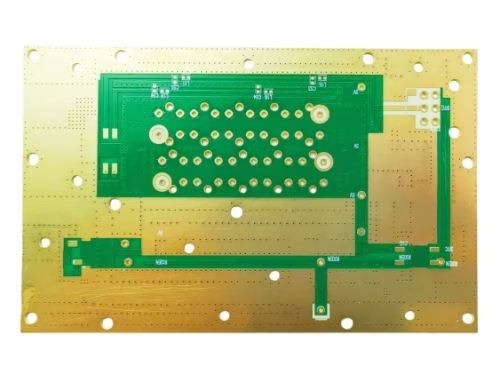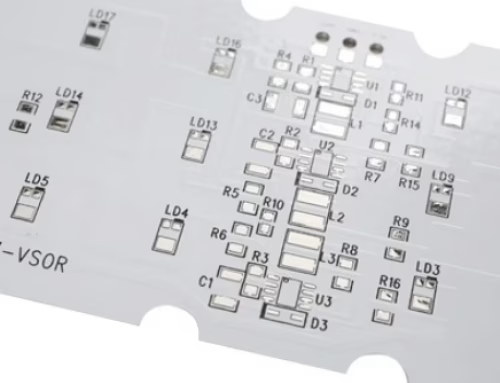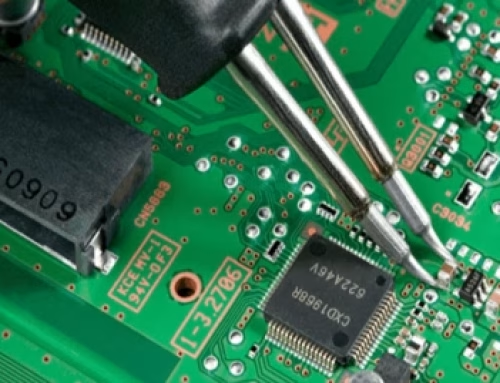How Do You Choose the Type of Welding for Circuit Boards?
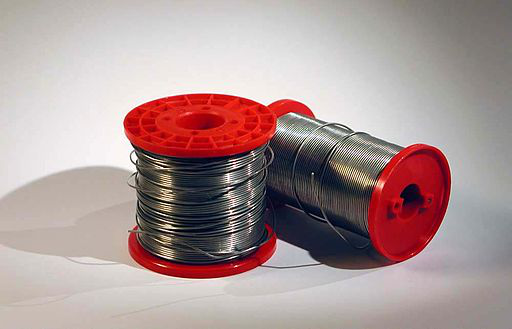
Table of Contents
Choosing the correct welding can confuse many types of welding. When I started working in electronics, I used whatever welding I had on hand due to my lack of knowledge. However, you may not know that welding’s applications are not limited to welding electronic devices. Welding is also used in plumbing. It must be noted that welding used for plumbing is never suitable for electronics due to the corrosive acidic components it contains.
Main Types of Welding
In order to ensure that you have a full understanding of the selection of welding materials and avoid using inappropriate welding materials, it is necessary to master the relevant basic knowledge. First of all, welding materials exist in many forms, including granules, rods, pastes, and wires. For most hobbyists, the use of welding wire is sufficient. If you plan to weld surface mount devices (SMD), you must know how to use welding paste.
Welding Materials Are Divided into Two Main Categories:
Lead-containing welding materials
Lead-free welding materials
The main difference between these two types of welding materials is their melting point. Therefore, in principle, you can choose to use either type of welding material according to personal preference.
Lead-Based Welding
In the past, lead-based welding was widely used in industrial production. This welding is composed of an alloy of tin and lead, with a common ratio of 60% tin and 40% lead, and its melting point is approximately between 180 and 190 degrees Celsius. However, due to the potential harm of lead to human health, the industry is gradually phasing out leaded weldings and switching to lead-free weldings.
Lead-Free Welding
Lead-free welding, as the name implies, is a welding material that does not contain lead. Given the negative health effects of lead, the European Union has stipulated that electronic products on the market must use lead-free welding (RoHS Directive). Although lead-free welding has a higher melting point and may be slightly inconvenient, this problem does not usually constitute a major obstacle.
Flux Core of Solder Wire
Welding wire usually contains an embedded flux core, whose main function is to improve the electrical contact performance and mechanical strength of the welding joint.
Shenzhen pcbandassembly SMT pointed out that flux cores are mainly divided into two categories: acid cores and rosin cores. Acid cores are commonly used in the plumbing field, while rosin cores are suitable for the electronics industry, so rosin cores are selected. In addition, a new type of water-soluble flux core, as a substitute for rosin cores, is gradually gaining popularity in the market due to its environmental friendliness.
Latest Blog
Contact us
Free Quote


